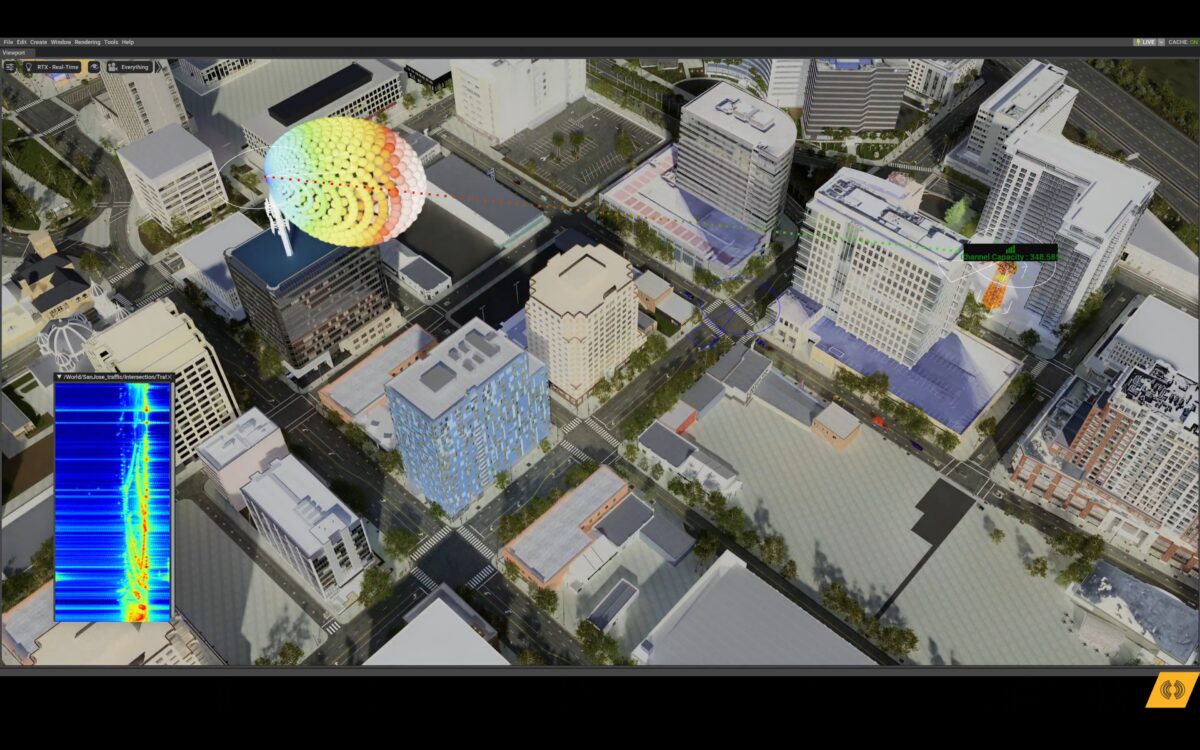
In the realm of engineering simulations, the demand for faster, more accurate solutions to complex multiphysics challenges is ever-growing.
Simulation is a vital tool for engineers to design, test, and optimize complex systems and products. It helps engineers reduce costs, improve quality, and accelerate innovation. However, the associated high computational demands, large data sets, and multiple physics domains pose significant challenges.
A key technology instrumental in meeting this demand is the graphics processing unit (GPU). With its unique applicability to acceleration of multiphysics simulations, GPUs are a game-changer driving innovation. Ansys and NVIDIA partner to deliver solutions that leverage the power of NVIDIA GPUs and the physics-based authority of Ansys software. Together, Ansys and NVIDIA are enabling engineers to solve the industry’s most computationally challenging problems.
NVIDIA GPUs for Multiphysics Simulations
NVIDIA GPUs are designed to accelerate parallel and compute-intensive tasks, such as simulations, leveraging thousands of cores and high-bandwidth memory. NVIDIA GPUs deliver magnitudes faster performance than CPUs for many simulation applications, enabling engineers to run more simulations in less time and with higher fidelity.
NVIDIA GPUs, now famous for driving the AI revolution, are renowned for their high-performance computing capabilities, making them an ideal choice for engineers and scientists working on multiphysics simulations in highly complex applications in industries such as aerospace, automotive, biomedical, and energy. These simulations account for the interaction of multiple physical phenomena, such as fluid dynamics, structural mechanics, and electromagnetics. By harnessing the parallel processing power of NVIDIA GPUs, engineers can significantly reduce simulation times and achieve more accurate results. More simulation iterations lead to more ideas and ultimately superior end products.
The innovation of 3D-IC designs requires the addition of multiphysics simulations to semiconductor design, such as electromagnetic, thermal, and structural analysis. Stacking of chiplets in close proximity within a single package brings system-level multiphysics challenges into IC design.
Solving for Multiphysics Challenges
Ansys has long been at the forefront of providing cutting-edge simulation software solutions for engineers and researchers worldwide. With a strong focus on multiphysics and semiconductor simulations, Ansys has established itself as the leader in enabling users to simulate a wide range of physical phenomena accurately. Ansys software is trusted by tens of thousands of engineers worldwide who rely on its accuracy, reliability, and scalability.
Ansys software is particularly renowned for its multiphysics simulations enabling engineers to simulate the complex interactions among various physical processes and gain valuable insights into the behavior of their systems. Ansys offers a comprehensive suite of tools for multiphysics simulations, such as Ansys Discovery, Ansys Fluent™, Ansys HFSS™, Ansys LS-DYNA™, and Ansys SPEOS™. These tools enable engineers to perform interactive, real-time, and high-fidelity simulations of various multiphysics phenomena, such as fluid-structure interaction, electromagnetic, shock and impact, and optical performance.

Ansys Product Support for NVIDIA Processors: Leveraging Grace and Hopper
Ansys harnesses NVIDIA H100 GPUs to boost multiple simulation solutions and prioritizes NVIDIA’s latest processors Grace and Hopper along with the newly announced Blackwell architecture for products across the Ansys portfolio, such as Fluent, and LS-DYNA. By utilizing these products in conjunction with NVIDIA processors, engineers achieve faster simulation times, increased accuracy, and improved productivity in their work.
Ansys software can leverage the features and benefits of NVIDIA processors, such as:
- Massive parallelism and high-bandwidth memory enable faster and more accurate simulations leading to better end products.
- Unified memory and NVLink enable seamless data transfer and communication between CPU and GPU.
- Tensor cores and ray tracing cores enable advanced simulations of artificial intelligence and optical effects.
- Multi-GPU and multi-node support enable scalable simulations of large and complex models.
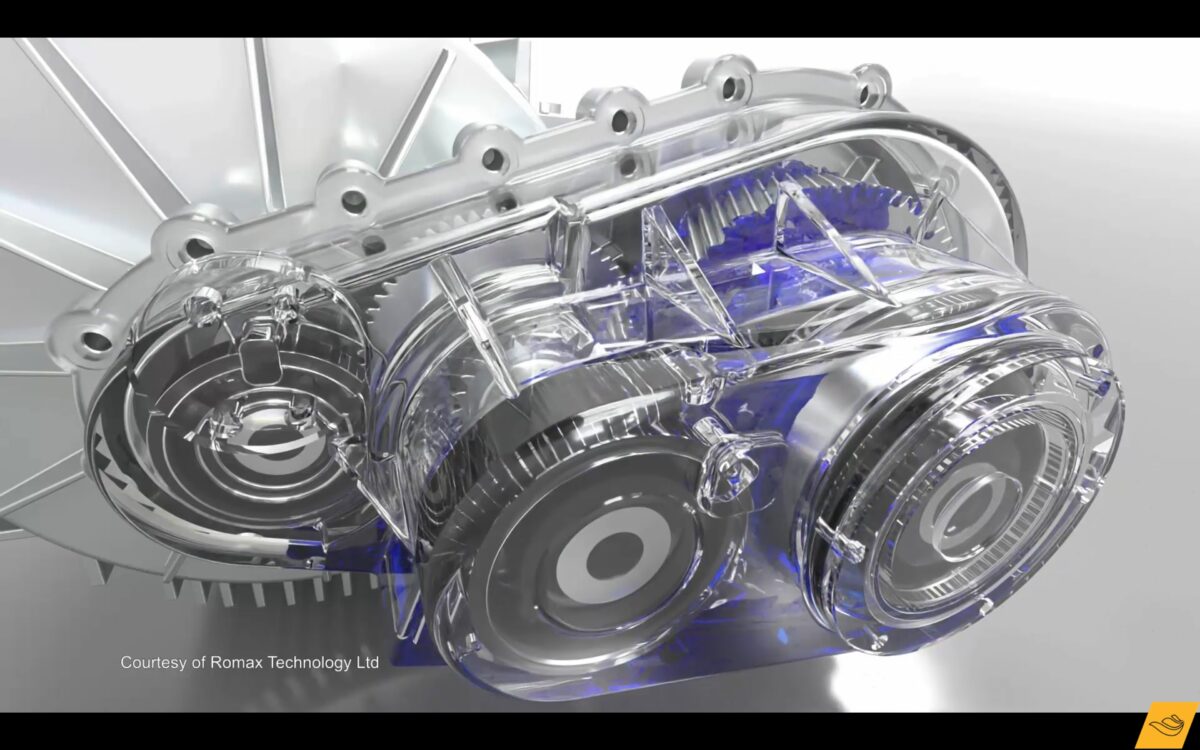
Driving Innovation: Benchmarks and Performance Gains
Ansys integrates support for NVIDIA processors into its flagship products to harness the immense potential of NVIDIA processors in enhancing simulation performance. This collaboration between Ansys and NVIDIA unlocks new possibilities for engineers seeking to leverage the power of GPU acceleration in their simulations. Ansys has already announced intent to support NVIDIA’s just announced innovative Blackwell architecture, presaging even more magnitudes of simulation acceleration
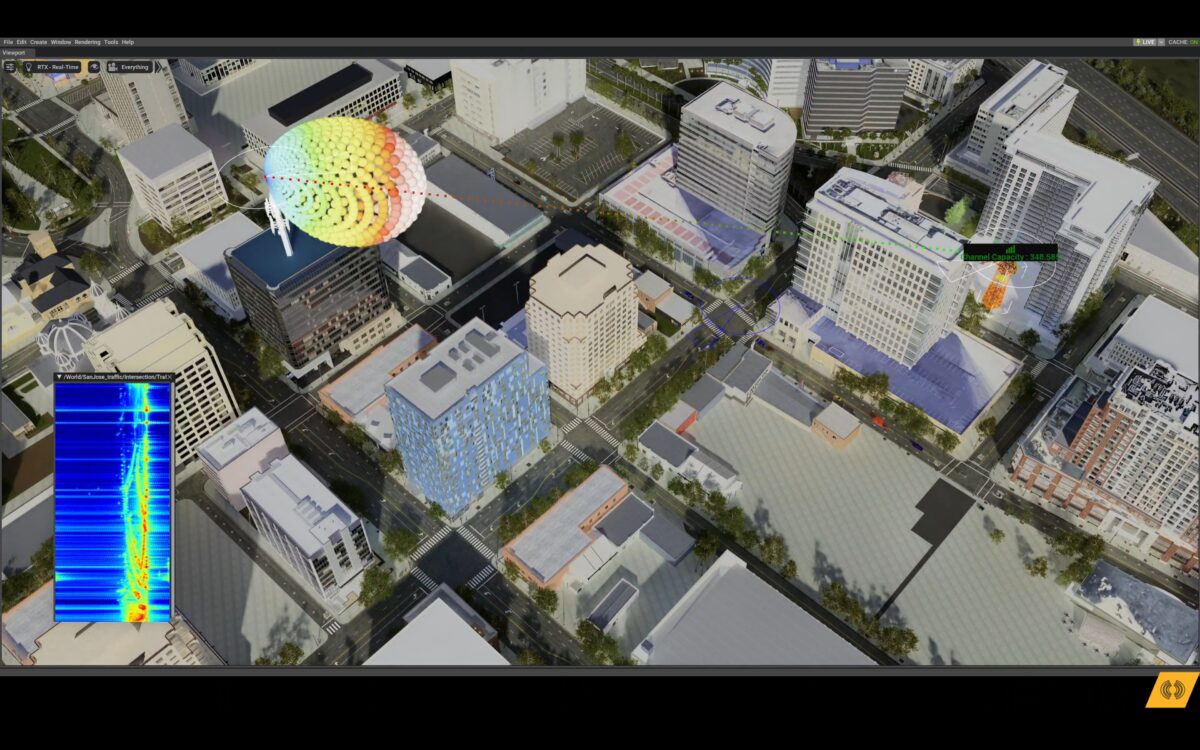
- ANSYS Perceive EM GPU solver for 5G/6G simulations integrated into NVIDIA Omniverse
Compared to traditional computing methods, benchmarks demonstrate that Ansys simulations run on NVIDIA GPUs deliver significant performance gains. Engineers see a substantial reduction in simulation times, allowing for faster design iterations and more efficient problem-solving. For example:
- Fluent enables high-fidelity and scalable fluid dynamics simulations on NVIDIA GPUs, allowing engineers to solve challenging problems such as turbulence and combustion phenomena. Fluent runs up to 5x faster on one NVIDIA H100 GPU than on dual 64 cores of a recently released high-end CPU processor.
- Ansys Mechanical™ enables fast and accurate structural mechanics simulations on NVIDIA GPUs, allowing engineers to model complex phenomena such as acoustics, vibration, and fracture dynamics. Mechanical’s matrix kernel in Mechanical runs on 4 CPU cores up to 11x faster when adding one NVIDIA H100 GPU.
- Ansys SPEOS enables realistic and high-performance optical simulations on NVIDIA GPUs, allowing engineers to design, measure and assess light propagation in any environment. SPEOS can run optical simulations up to 35x faster on an NVIDIA RTX™ 6000 Ada than on a recently released 8-core processor.
- Ansys Lumerical enables comprehensive and efficient photonics simulations, allowing engineers to design and optimize photonic devices and circuits. Ansys Lumerical FDTD running on a single NVIDIA A100 GPU solves up to 40% faster than when compared to an HPC cluster containing 480 AMD EPYC 7V12 cores of a recently released high-end CPU. This equates to nearly a 6x improvement in price-performance ratio.
- Other Ansys products such as RedHawk-SC™, Discovery, Ensight™, Rocky™, HFSS SBR+™, Perceive EM™, Maxwell™, AVxcelerate Sensors™, and RF Channel Modeler™ either already or soon will benefit from NVIDIA GPU acceleration.
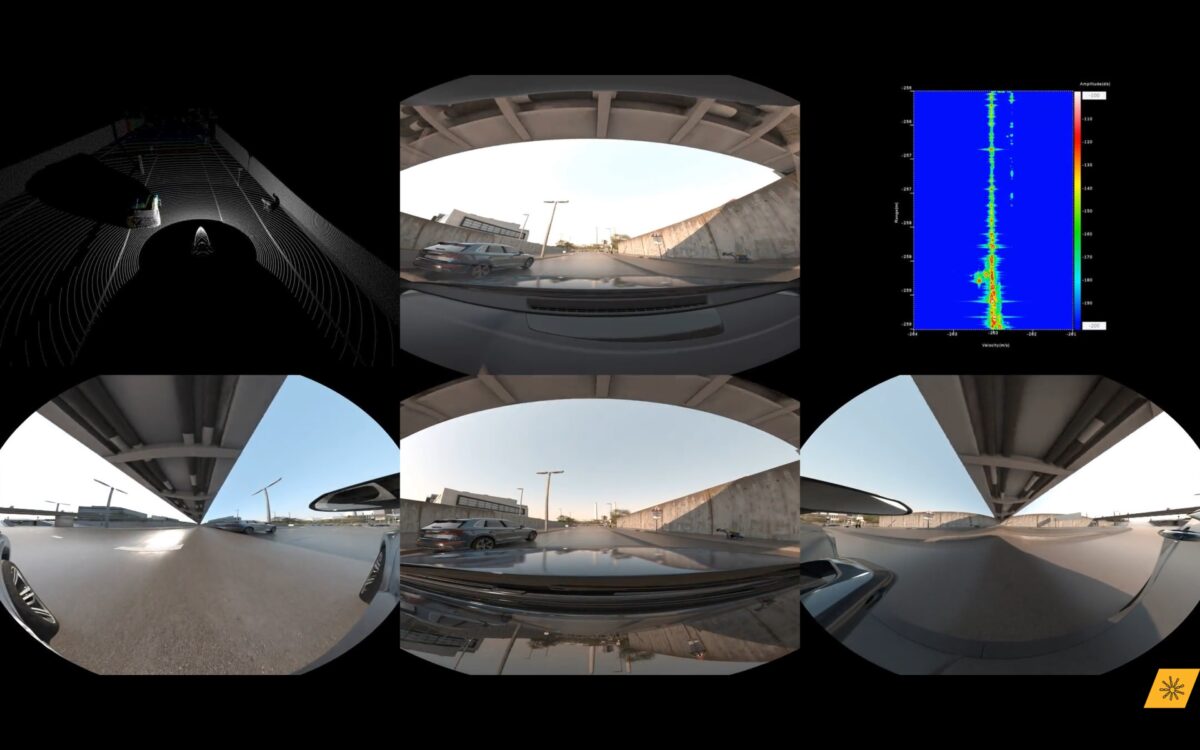
Embracing the Future: Grace, Hopper and now Blackwell
The future of simulation is bright, and NVIDIA’s latest innovations including NVIDIA Grace CPU, NVIDIA Hopper GPU, and now Blackwell architectures promise even more impressive performance gains. Ansys is committed to optimizing its software for these next-generation platforms, ensuring engineers have access to the most powerful simulation tools available.
The combination of Ansys’ advanced simulation software and NVIDIA’s GPU technology is revolutionizing engineers’ approach to multiphysics simulations. The recently announced expanded partnership between the two companies promises even greater advances, enhanced by artificial intelligence. Using Ansys software with NVIDIA GPUs, engineers tackle complex multiphysics simulations with unprecedented speed and accuracy, paving the way for new innovations and breakthroughs in engineering and science.
Ansys and NVIDIA Pioneer Next Era of Computer-Aided Engineering
*CoPilot & ChatGPT, both powered by NVIDIA GPUs, contributed to this blog post.
Also Read:
Ansys and Intel Foundry Direct 2024: A Quantum Leap in Innovation
Why Did Synopsys Really Acquire Ansys?
Will the Package Kill my High-Frequency Chip Design?
Share this post via:
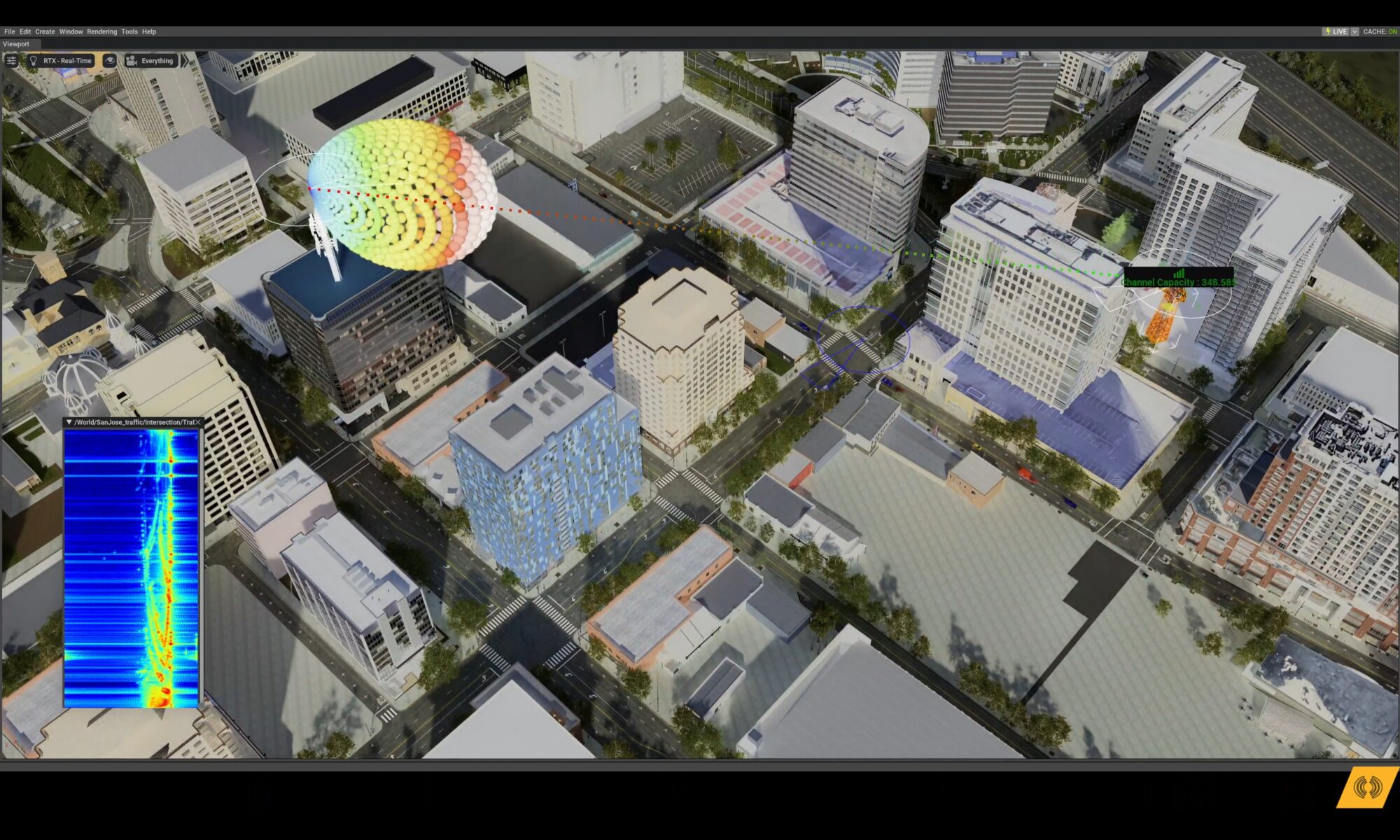





Comments
There are no comments yet.
You must register or log in to view/post comments.